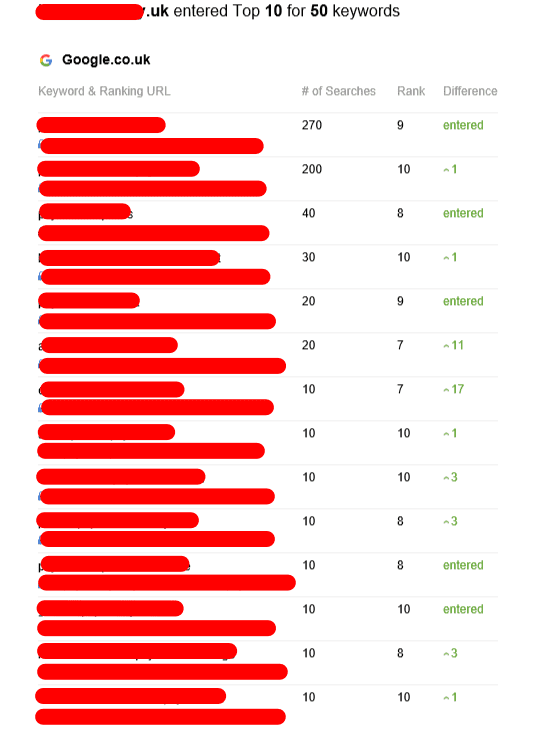Backlink Tier - The Hierarchy of Backlinks That Scale Your SEO Campaign
Backlink tier is the hierarchy of backlinks that you build to scale your SEO campaign. Each level provides an extra layer of protection against Google's penalties.
To make it work You'll need to invest a lot of effort and time. That's because Google takes a long time to locate new backlinks and assess their quality on per-link basis.
First-Tier Links
The first link that lead to your particular piece of content should be high-quality dofollow backlinks from trusted websites. These links are referred as Tier 1 backlinks, and they form the basis of your link-building strategy. They will give your website sufficient domain authority to rank well on search engine result pages. For instance, if a blog article is published on HubSpot and has an tier one link to SearchEngineLand's collection of Link Building Statistics, then SearchEngineLand's website rankings will get an upswing from the link equity passed down from HubSpot.
The second tier could be more diverse and could include low-quality backlinks, such as spammy forum posts or low-value bookmark sites and directories. The primary goal of Tier 2 is to create content of high-quality that links back to your first-tier links. This is because quality content will enrich the article the article and will not appear as if it was added for SEO purposes.

To construct an effective tiered campaign, you'll have to invest in high-quality content and tools like RankerX or GSA. The time and money spent manually performing a tiered campaign can be well worth it if your goal is to see the increased ranking benefits of a properly constructed backlink pyramid.
Second-Tier Links
Tiered link building is designed to funnel users through different pages before they reach your website. In order to achieve this it's essential to select second-tier backlink sources that are relevant to your business and website. Unlike account profiles, guest blog posts perform well for this purpose because they provide valuable content that users would like to consume.
It is recommended to avoid using the tier-2 links on forums or other sites of low quality. Instead, you should use high-quality pages like industry news or guest posts. These links will appear more natural and have more influence on your search engine rank. They're also more likely to be identified as having earned link equity by Google which could increase the value of their ranking in SERPs.
If you're looking to boost your SEO rankings Be aware that acquiring these high-quality links manually isn't easy. It could take months to pitch guest blog posts to first-tier publishers, and longer to wait for them to be published. It could take weeks to see results when it's time to generate new traffic and converts onsite.
backlink tier use automated tools to build second-tier backlinks. But, this method could be in violation of Google's Webmaster guidelines and can result in an infringement.
Third-tier Links
This level has a massive amount of links, some that are borderline spammy. They are posted in social media platforms, and on websites that allow user-generated content such as Quora. They help with the indexing of tier two links but don't give any link equity to the resource promoted. They are generally nofollow links. In this stage marketers are more focused on quantity rather than quality. They use tools to post massive amounts of links on forums, in the comments of blog posts and articles in directories and similar places. This is where tiered link construction is a grey area and violates Google's webmaster rules.
Link-building campaigns that are tied require an enormous amount of time and effort to succeed. Google could take months or even days to rank a backlink. It may then take weeks or months to see an SEO impact. Therefore, marketers should be patient and employ a well-thought-out content strategy.
Marketers should also avoid using too many automated tools for this type of linking. These can violate the rules of search engine optimization and lead to penalties. It is preferential to manually select and publish links on relevant donor websites instead of using automated tools like GSA or RankerX. This will prevent search engines from penalizing your campaign with poor quality links.
Fourth-Tier Links
Tiered link construction remains a popular method to boost website rankings. Since Google has been making major efforts to eliminate "black-hat" SEO techniques, tiered link building techniques have suffered.
This is because they are now considered to be gray-hat in the SEO world, and may be penalized if used artificially. Tiered links are backlinks built on different tiers of an underlying pyramid of links. The main purpose of these backlinks is the increase in the ranking of a resource promoted in search engine results. This way, the promoted page can rank higher than competitors and get more organic traffic.
This category has a lower number of backlinks, and are typically nofollow. Additionally the tier can be composed of low-quality social directories, profiles and article networks. These links can be created naturally or by using strategic automation tools. However they must be unique in terms of niches, domains and relevance.
In addition to their low-quality, nofollow nature, these backlinks could also cause problems if they are not diversified enough. This is due to the fact that Google has a sophisticated group of hound dogs who are constantly on the lookout for patterns in backlink profiles and techniques. If these patterns are discovered they could trigger sanctions not just for the link-building team, but also for the clients of Google.
